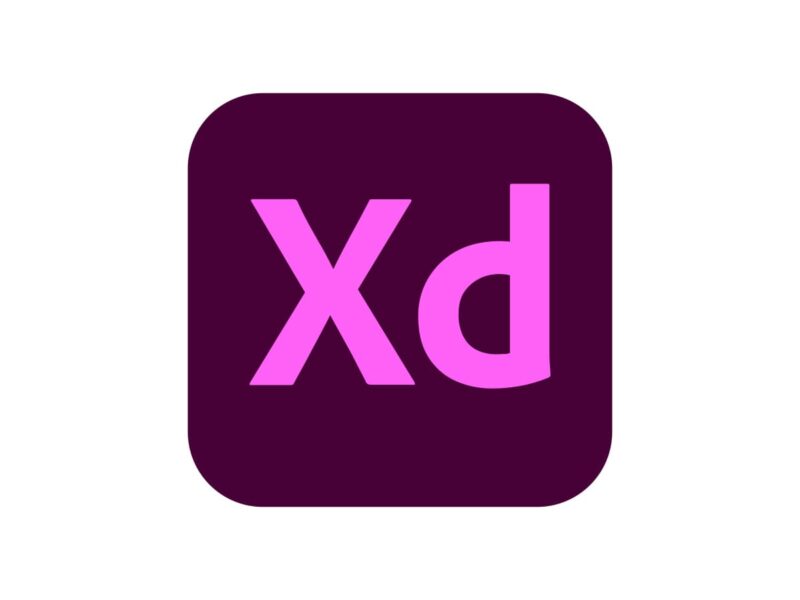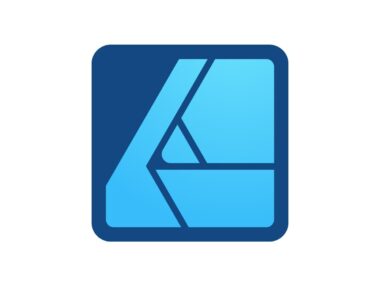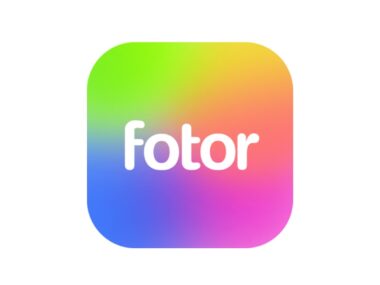Table of Contents
Key Features of Adobe XD Design Software
Adobe XD, a vector-based digital design tool from Adobe, is tailored for creating websites, apps, prototypes, mockups, and full designs. Launched in beta in 2016 as Adobe Experience Design CC, it operates on Mac, Windows, iOS, and Android platforms, offering both desktop and cloud functionalities. Adobe XD stands out as a solid competitor in the wireframing and prototyping domain, rivaling established tools like Sketch and Figma. It caters to individual designers and developers, as well as teams, providing a scalable solution backed by Adobe’s security and infrastructure. The tool facilitates collaborative design processes, allowing teams to maintain consistency across projects through a shared design system.
A key aspect of Adobe XD is its familiar interface for users of other Adobe products, integrating smoothly with native Adobe files and cloud storage. Noteworthy features include:
- Prototyping using linked artboards with mobile device viewing capabilities.
- A unique repeat grid function for replicating elements such as lists and galleries.
- An assets panel for managing colors, styles, and components.
- Voice command design capabilities.
- Easy creation and manipulation of symbols.
- Keyboard shortcuts for efficient workflows.
- Automatically generated CSS snippets in design specs.
- Responsive resizing for objects on artboards.
- Custom plugin compatibility.
- Mobile functionalities for sharing and commenting.
- Secure environment for sharing designs and prototypes.
- Integration with tools like Slack and Jira.
- Animated transitions between artboards for interactive content.
- Photoshop image and file editing within XD.
- Upcoming co-editing feature for real-time collaboration.
- Extensive documentation and tutorials.
Adobe XD’s inclusion in the Adobe ecosystem is a significant advantage, especially for those already using Creative Cloud or other Adobe products. This integration offers a seamless workflow across various design needs. A starter plan introduced by Adobe in 2018 allows free access to Adobe XD, making it an attractive option for those new to the tool. Its ease of use is highlighted by a familiar interface for those acquainted with Adobe applications and a gentle learning curve, particularly around more complex design systems and symbol overrides.
Further enhancing its functionality, Adobe XD supports extensive plugins and integrations, contributing to a versatile and adaptable design environment. Adobe’s commitment to developing and supporting these plugins is evident in their investment in a $10 million Design Fund. The tool’s adaptability is further exemplified by its recent feature additions like Responsive Resize, Timed Transitions, Spell Check, and Jira integration. A notable innovation in Adobe XD is the inclusion of voice prototyping, aligning with the growing trend of voice-based user interfaces. This feature provides designers with the tools to stay ahead in the evolving landscape of UI design.
In summary, Adobe XD emerges as a robust and versatile design tool, well-suited for a range of projects from individual to large-scale team collaborations. Its integration with the Adobe ecosystem, ease of use, and a broad array of features make it a competitive option in the UX/UI design tool market.
Performance
Adobe XD, in its day-to-day usage, exhibits a blend of strengths and areas for improvement, as noted by various users and experts. It’s a vector-based design tool focused on creating realistic, interactive digital interfaces for web and mobile app design. Notably, it’s considered highly flexible and versatile, often serving as a one-stop-shop for everything from basic wireframing to developer handoff.
User Experience and Performance:
- Layout and Design: Adobe XD presents a clean, minimal interface that foregrounds essential design tools. This interface facilitates easy access to shapes, lines, text, pen tools, artboards, and more. Additionally, the right panel offers advanced design elements for fine-tuning designs, including responsive resize options, alignment, colors, and text styles, enhancing its user-friendliness.
- Prototyping Features: The prototyping capabilities in Adobe XD, while somewhat limited compared to advanced tools like Axure, cover essential functions like tap, drag, voice commands, and keyboard commands. This makes it suitable for designing interactive prototypes, albeit with some constraints.
- Interaction and Animation: Adobe XD offers a range of interaction and animation features, including transition, auto-animate, hyperlink, overlay, scroll to, previous artboard, audio playback, and speech playback. These features enable designers to create both simple and complex animations and interactions.
- Responsive Resize Features: The responsive resize feature in Adobe XD allows designers to create multiple screen sizes or alter elements within a group without unwanted stretching. This feature is particularly useful for designing user interfaces across various devices, although maximizing its effectiveness might require some effort.
- Coediting for Real-Time Collaboration: Adobe XD supports real-time collaboration through its coediting feature. This feature is beneficial for teams, enabling members to work simultaneously on the same file, making edits and adjustments in real-time. It addresses the challenge of effective collaboration often faced with desktop design tools.
- Link Sharing Features: Adobe XD allows for the creation of custom share links for various purposes, including design review, development, presentation, user testing, and custom settings. This feature is essential for sharing designs and prototypes with clients, developers, or testers, and for receiving feedback.
- Third-Party Plugins: Adobe XD supports a variety of third-party plugins, which can be browsed, added, and managed within the interface. These plugins offer additional functionalities and can be integral to the design process, although their quality may vary.
In summary, Adobe XD is a robust and user-friendly tool for UI/UX design, offering a range of features that facilitate layout design, prototyping, interaction, and collaboration. While it excels in certain areas, it also faces competition from other tools like Sketch and Figma, particularly in terms of feature set and market acceptance. However, its integration with the Adobe ecosystem and its continuous development suggest a promising future for this tool in the design software market.
Pros
- Collaboration: Adobe XD supports real-time collaboration, allowing multiple people to work in one file simultaneously. This feature is particularly beneficial in the initial phases of a project, fostering a collaborative environment for brainstorming and creation.
- Prototyping: Adobe XD excels in prototyping, enabling users to connect screens and specific components for a more realistic experience. It includes features like hover states, transitions, and the ability to record screens and microphones, enhancing user testing capabilities.
- Component Library: The integration with Adobe Cloud facilitates sharing assets across files and importing them, ensuring consistent colors and typestyles throughout multiple files.
- Repeat Grid: This feature allows for the easy creation of grids by repeating a shape, which can be customized in terms of columns and rows.
Cons
- Inconsistency with Other Adobe Products: Users may find differences in the way certain tools function compared to other Adobe products, such as text boxes, the pen tool, and the eyedropper tool.
- Collaboration Flaws: While collaboration is a pro, it has some downsides. Issues include occasional syncing requirements, which may result in lost progress, and the inability to see other users’ cursors in the same file.
Conclusion
Adobe XD, emerging in the competitive UX/UI design tool landscape, has evolved into a notable contender, particularly in the context of the modern design industry where the roles and responsibilities of designers are continually expanding. Historically, Adobe dominated the digital design universe, but with the advent of tools like Sketch and Figma, the landscape saw a shift. Adobe XD, introduced a bit later in this race, has demonstrated significant growth in popularity and capabilities since its release in 2016. This growth can be attributed to its comprehensive feature set and strategic positioning within the Adobe ecosystem.
A key aspect to consider while evaluating Adobe XD is its value proposition in terms of price, ease of use, ecosystem, and market share. Originally part of the Adobe Creative Cloud subscription, Adobe XD also introduced a free starter plan, making it accessible for a wider range of users. Its ease of use is particularly notable for those already familiar with Adobe’s interface, making it a comfortable transition for existing Adobe users. This familiarity, coupled with features for handling complex design systems and symbol libraries, positions Adobe XD as an intuitive tool for both beginners and seasoned professionals.
Adobe XD’s integration into the Adobe ecosystem is one of its most significant advantages. This integration provides seamless compatibility with a range of other Adobe tools, catering to a wide array of design needs from vectors to photos. Additionally, Adobe XD’s growing market share, bolstered by over 12 million Creative Cloud subscribers, signifies its increasing relevance and potential in the design tool market. This growing popularity underscores the importance for designers to be versatile and well-versed in multiple tools, including Adobe XD, to effectively meet diverse project requirements and client expectations.
A notable feature of Adobe XD is its support for plugins and third-party integrations. Adobe has been actively investing in expanding XD’s capabilities, exemplified by its $10 million Design Fund aimed at supporting plugin development. This focus on plugins, combined with frequent updates and new feature rollouts, such as Responsive Resize and voice prototyping, highlights Adobe’s commitment to evolving Adobe XD in line with user needs and industry trends. The addition of voice prototyping, in particular, is a forward-thinking move, aligning with the growing trend of voice-based interaction in digital products.
In summary, Adobe XD stands out in the UX/UI design tool market for its integration within the Adobe ecosystem, user-friendly interface, and adaptability through extensive plugin support. Its evolution and adoption reflect the dynamic nature of the design industry, where staying abreast with emerging trends and tools is increasingly essential. Adobe XD’s trajectory from a late entrant to a promising contender in the design tool race demonstrates its potential to meet the evolving needs of the modern designer.
FAQs
-
What is Adobe XD primarily used for in design?
Adobe XD is a versatile tool used for UI/UX design, creating interactive prototypes, wireframes, and high-fidelity designs for web and mobile applications.
-
Can Adobe XD be used for team collaboration?
Yes, Adobe XD supports real-time collaboration, allowing multiple team members to work on the same project simultaneously and share feedback effectively.
-
Does Adobe XD integrate with other Adobe products?
Adobe XD integrates seamlessly with other Adobe Creative Cloud products, facilitating a smooth workflow for designers using multiple Adobe tools.
-
Are there any free versions or trials of Adobe XD available?
Adobe XD offers a free starter plan with limited features, perfect for beginners or those looking to explore the tool before committing to a full subscription.
-
How does Adobe XD compare to other design tools like Sketch and Figma?
Adobe XD is comparable to Sketch and Figma in functionality, with unique strengths in Adobe ecosystem integration, plugin support, and its evolving feature set catering to modern design needs.





